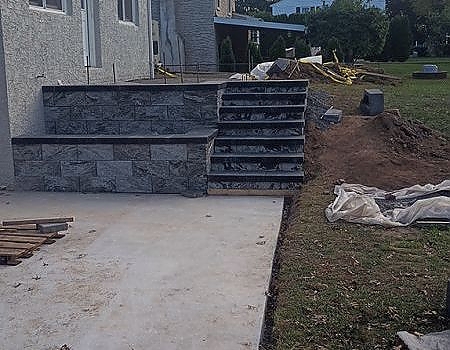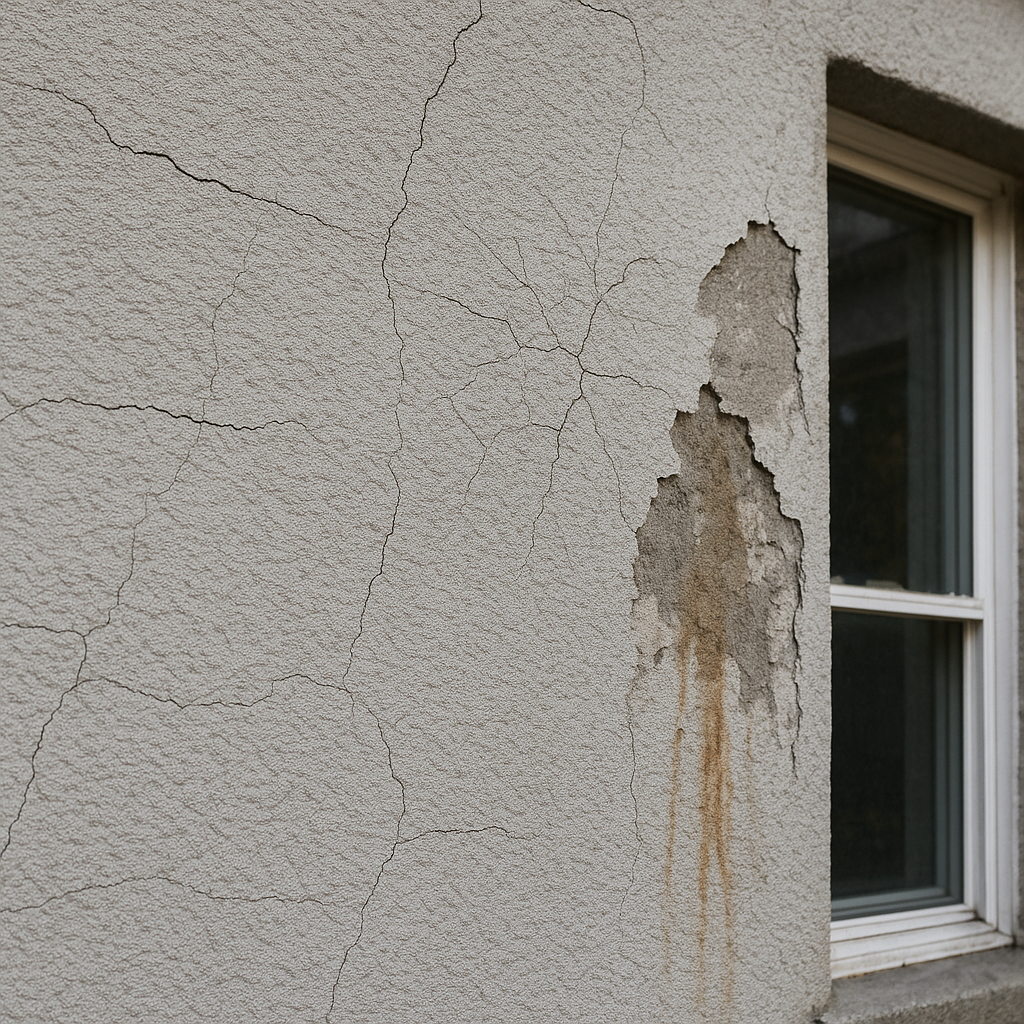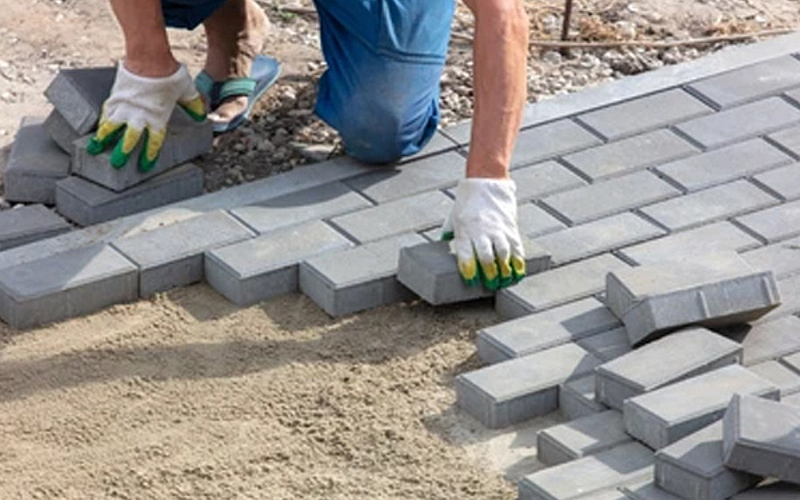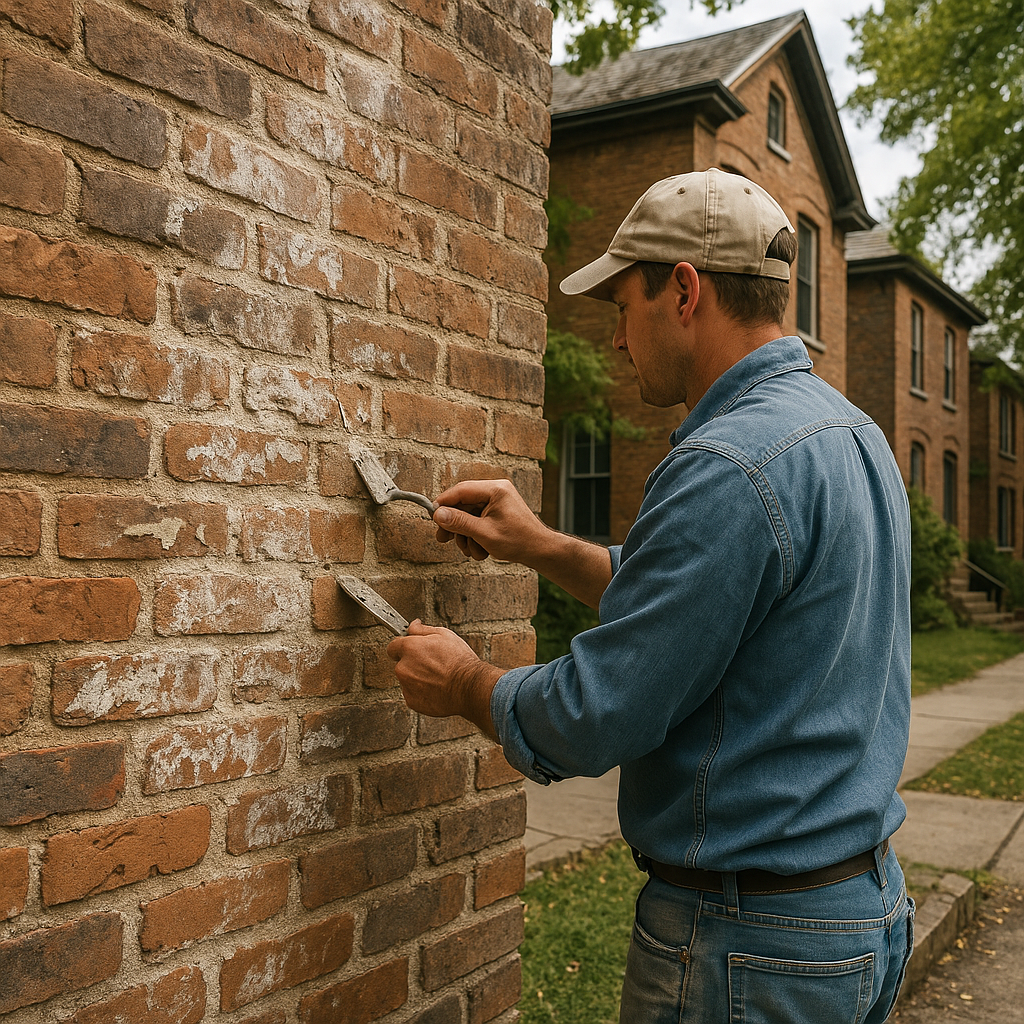Spot Signs of Concrete Settling Around Your Doylestown Property
Uneven concrete is easy to overlook until it gets in your way. A patio that tilts, a driveway with a fresh crack, or steps that don’t line up with the stoop. These are the first things you’ll notice. They show up where you walk, park, or sit every day. These changes aren’t just about looks. They mean something’s shifting underneath.

- Walkways with raised or sunken edges trip you up
- Cracks stretch across patios and driveways, growing longer each season
- Slabs tilt toward the house, channeling water where it doesn’t belong
- Steps drift away from the entry, leaving gaps and loose bricks
- Pool decks and garage floors develop low spots that collect water and dirt
Every one of these problems points to shifting soil and lost support. When you see them, don’t brush them off. These are the early warnings that the ground beneath your concrete surfaces is moving. The longer you wait, the more expensive the fix becomes. Our structural foundation professionals spot these issues fast and know what they mean for your property.
Water Always Finds a Way
Water damage starts small but grows fast. Rain pools up near your house and driveway, then works its way down. The soil gets soft and starts washing away beneath your concrete. Without solid ground support, slabs begin to sink. Here in Doylestown, winter makes everything worse - water gets in the cracks, freezes up, and pushes your concrete further apart each time.
Our residential masonry team sees the same pattern again and again:
- Improper grading sends water toward the house instead of away
- Gutters dump water right next to the foundation
- Downspouts end too close to walkways and patios
- Soil washes out, leaving empty pockets under the concrete
Ignoring drainage issues guarantees repeat problems. Lifting a sunken slab without fixing the water flow is a temporary patch. The next storm brings the same headaches back. Drainage and grading must work together with any repair. Otherwise, you’re just buying time.
Foundation Trouble Never Stays Hidden
Doors stick. Windows jam. Cracks snake through brick and stone. These aren’t just quirks of an old house. They’re red flags. When concrete settles around the perimeter, the foundation shifts. The frame twists. Suddenly, nothing fits the way it used to. You notice gaps at the baseboards. Floors slope. The front steps pull away, leaving a gap you can’t ignore. These are the moments when small settling problems turn into major structural headaches.
Look for these warning signs:
- Doors that won’t latch or swing open on their own
- Windows that stick or won’t close all the way
- Cracks in brick or stonework, especially above windows and doors (see examples)
- Gaps between steps and the house
- Floors that feel uneven or bounce underfoot
These symptoms don’t fix themselves. They get worse with every season. The sooner you address the settling, the less you’ll spend fixing the aftermath.
What Really Causes Concrete to Settle
Concrete doesn’t just move on its own. Something always pushes it out of place. In Doylestown, the usual suspects show up again and again. Poor compaction during construction leaves soft spots that collapse over time. Tree roots grow under slabs, lifting and cracking the surface. Freeze-thaw cycles break up the soil, making it shift and settle. But the biggest culprit? Water. Improper drainage washes away the base, leaving nothing to hold the concrete up.
Our expert repair team investigates the real cause before recommending any fix. We look for:
- Soft or spongy soil under the slab
- Evidence of water pooling or erosion
- Tree roots pushing up from below
- Signs of repeated freeze-thaw damage
Every property tells a different story. The right solution starts with understanding what’s happening under the surface, not just patching what you see on top. At Carpino, we believe a thorough assessment is the only way to ensure your repair lasts.
Real Solutions for Doylestown Homes
Covering up concrete problems doesn't work. The soil underneath keeps shifting, and soon you're back where you started. We use proven methods like mudjacking and foam injection to fix the real issue - weak ground support. Each property needs its own solution based on the soil, water, and concrete condition. We pick the right method to make sure your repair lasts.
We fix concrete problems by looking at all the facts. When you call us, we check everything - the water flow, what's in the ground, tree roots nearby, and how strong the concrete is right now. This way, we do the job right the first time, not just cover up the problem.
Ready for Answers?
We know what to look for and how to fix it. If you’re seeing cracks, sinking slabs, or shifting steps, let’s take a look together. Call 215-355-7549 or Contact Us to schedule your property assessment today.
‹ Back








